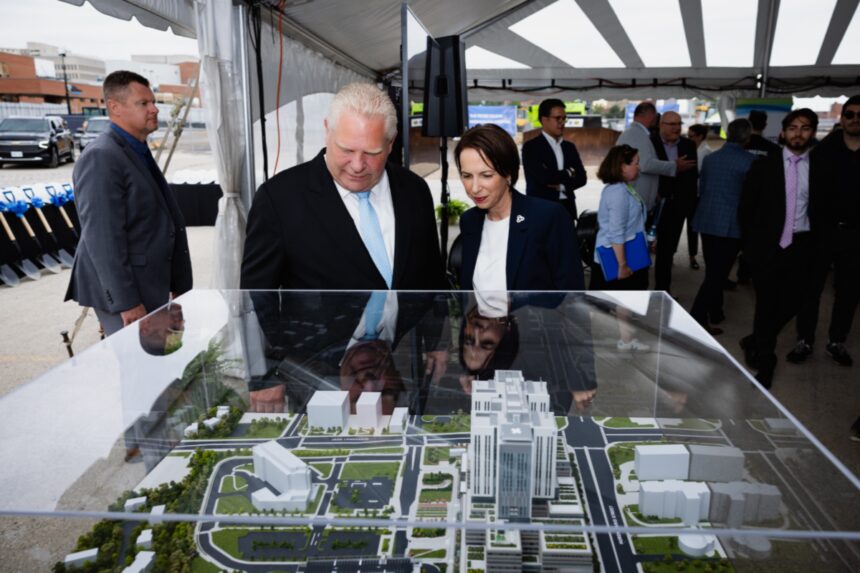In a high-stakes financial balancing act, Ontario municipalities are bracing for significant fiscal pressure as the province advances its ambitious $60 billion healthcare infrastructure agenda. The provincial government’s laudable efforts to enhance healthcare facilities could inadvertently trigger a cascade of financial challenges for already stretched local governments across the region.
“What we’re witnessing is a classic case of fiscal downloading by stealth,” explains Dr. Enid Slack, director of the Institute on Municipal Finance and Governance at the University of Toronto. “The province announces these major healthcare initiatives to great fanfare, but municipalities are left scrambling to accommodate the associated infrastructure demands with limited revenue tools.”
The provincial healthcare expansion plan, which includes constructing three new hospitals and modernizing dozens of existing facilities, represents one of the largest infrastructure investments in Ontario’s history. While healthcare delivery falls squarely within provincial jurisdiction, municipalities bear the considerable burden of providing the necessary supporting infrastructure—from road expansions and water services to transit connections and emergency response capacity.
Analysis from the Association of Municipalities of Ontario (AMO) suggests local governments could face up to $1.2 billion in additional infrastructure costs over the next decade directly related to supporting these healthcare facilities. This comes at a time when many municipal budgets are already constrained by inflationary pressures and growing demands for affordable housing and climate adaptation measures.
The situation in Sudbury exemplifies the challenge. The city anticipates spending approximately $87 million on infrastructure upgrades to support a planned hospital expansion—funds that weren’t included in their long-term financial planning. Similar scenarios are unfolding across Ontario municipalities, creating what some officials describe as an “unsustainable fiscal environment.”
“Municipalities simply cannot absorb these costs without either raising property taxes significantly or cutting other essential services,” warns Michael Fenn, former Ontario Deputy Minister and municipal affairs expert. “The provincial government needs to recognize that healthcare infrastructure isn’t just about the buildings themselves, but the entire ecosystem of services required to make them functional.”
The financial strain extends beyond just capital costs. Operating budgets will also feel the pinch, as expanded healthcare facilities typically necessitate increased public transit service, road maintenance, and emergency services—all municipal responsibilities with ongoing financial implications.
Provincial officials maintain that the healthcare expansion represents a net positive for municipalities, pointing to economic development benefits and improved local services. However, financial analysts counter that these benefits take years to materialize while costs hit municipal ledgers immediately.
“The fundamental issue is one of fiscal capacity,” notes Dr. Kyle Hanniman, associate professor of political science at Queen’s University. “Municipalities rely primarily on property taxes and user fees—revenue sources that simply aren’t designed to support major infrastructure investments of this magnitude.”
Some municipalities have begun exploring innovative approaches to address the funding gap, including public-private partnerships, development charges specific to healthcare infrastructure, and advocating for new revenue tools from the province. However, without systemic change to municipal finance structures, experts warn that the situation remains precarious.
As Ontario continues its healthcare expansion, the pressing question emerges: can we build a world-class healthcare system without fundamentally reimagining how municipalities are funded to support that vision, or will local communities ultimately pay the price through diminished services or unsustainable tax increases?











